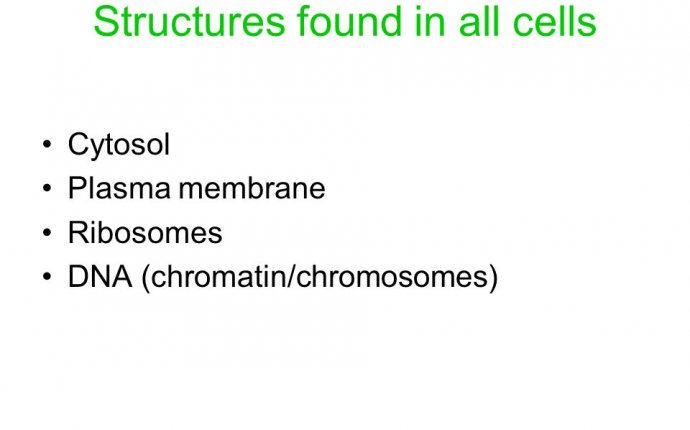
Structures found in all cells
|
OCC Biology
E-Tutor
|
Components of ALL Cells |
|
|
- The Cell Membrane forms a boundary between the interior of the cell and the external environment (however, there ARE cell components beyond the cell membrane, and some important cellular processes occur OUTSIDE of the cell membrane).
- Like all, the cell membrane consists of a fluid phospholipid bilayer containing proteins and other molecules.
- Biological membranes are selectively permeable, which means that although some molecules can diffuse across the membrane, many molecules cannot. This means that the cell membrane can form a barrier - keeping some molecules, such as poisons, OUTSIDE the cell, and keeping other molecules, such as nutrients, INSIDE the cell.
- The cell membrane (like other biological membranes) contains transport proteins that help move molecules INTO the cell or OUT of the cell. This means that the cell membrane helps regulate the contents of the cell. For example, some transport proteins move IN food molecules such as sugars or amino acids. Other transport proteins move OUT waste products.
-
| Two representations of a transport protein in a cell membrane. The transport protein, embedded in the cell membrane, allows a specific molecule to enter or exit the cell - perhaps an ion like sodium, perhaps a sugar like glucose.
|
|
|
Cytoplasm is the water-based material found within the cell membrane - the inside of the cell. All of the sugars, enzymes, proteins, amino acids, salts and other molecules are either contained in the cytoplasm, or else are contained in other structures found within the cytoplasm. The cytoplasm, although mostly (75 - 80%) water, is so densely packed with these other molecules and structures that it has the consistency of a gel.
In this artistic rendition of the cross-section of a bacterial cell, the bacterial chromosome is shown at lower left (long red line wrapped around blue disks). Ribosomes, proteins, and other molecules are shown in the middle. Outer layers of the cell (this bacterial cell has a cell membrane, a cell wall, and an outer membrane) are shown at the top of the figure.
|
|
Key to Figure
|
External environment - outside of cell |
|
Cell Membrane and external structures. |
|
|
Source: myhome.sunyocc.edu

